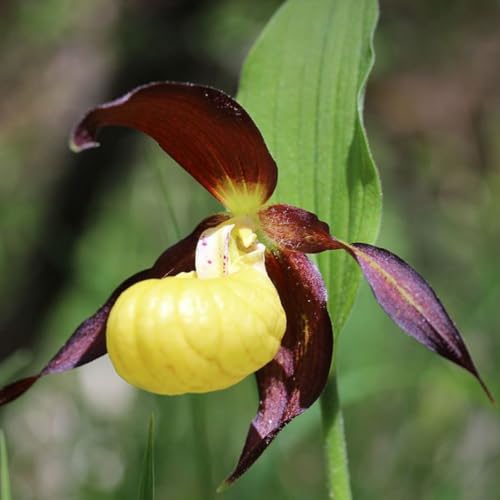Great photos and content.
You are using an out of date browser. It may not display this or other websites correctly.
You should upgrade or use an alternative browser.
You should upgrade or use an alternative browser.
Some Australian terrestrials
- Thread starter emydura
- Start date

Help Support Slippertalk Orchid Forum:
This site may earn a commission from merchant affiliate
links, including eBay, Amazon, and others.
The Large Duck is simply gorgeous... very understandable that it is among your favourites, David! And as always splendid photos! Thank you for sharing these rare beauties with us!
Best regards from the Northern Hemisphere, Jens
Best regards from the Northern Hemisphere, Jens
Last edited:
Very neat plants.
Don
Don
emydura
Well-Known Member
Here are some photos of orchids from the genus Diuris. They are commonly referred to as Donkey Orchids for obvious reasons. They are mostly yellow in colour although there is the odd pink species. They are generally spring flowers. There are many species that grow locally,
some of which can be quite common. A lot of species are quite easy to grow. The last three photos are of plants I cultivate.
Diuris nigromontana - grows locally. Especially common on Black Mountain here in Canberra.
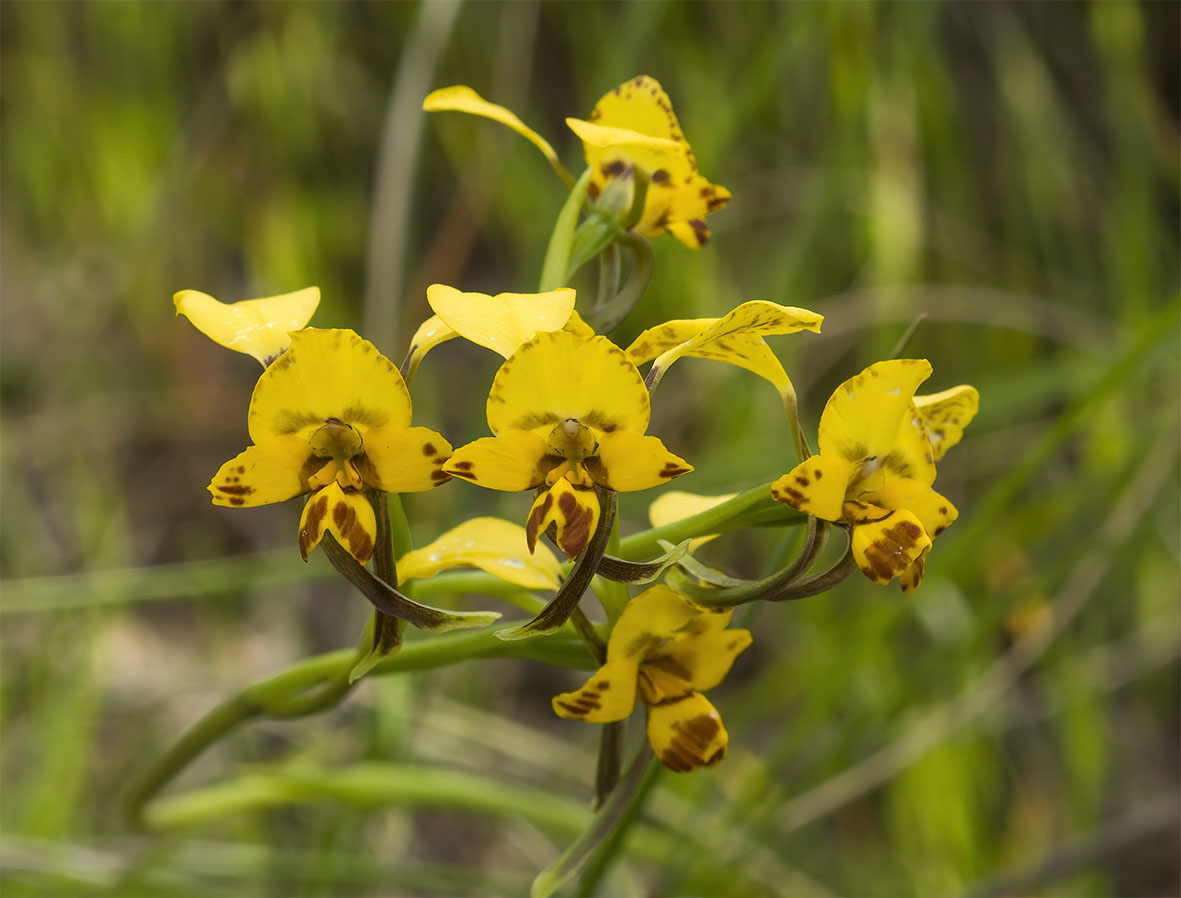
Diuris sulphurea - a very common local species that is easy to grow.
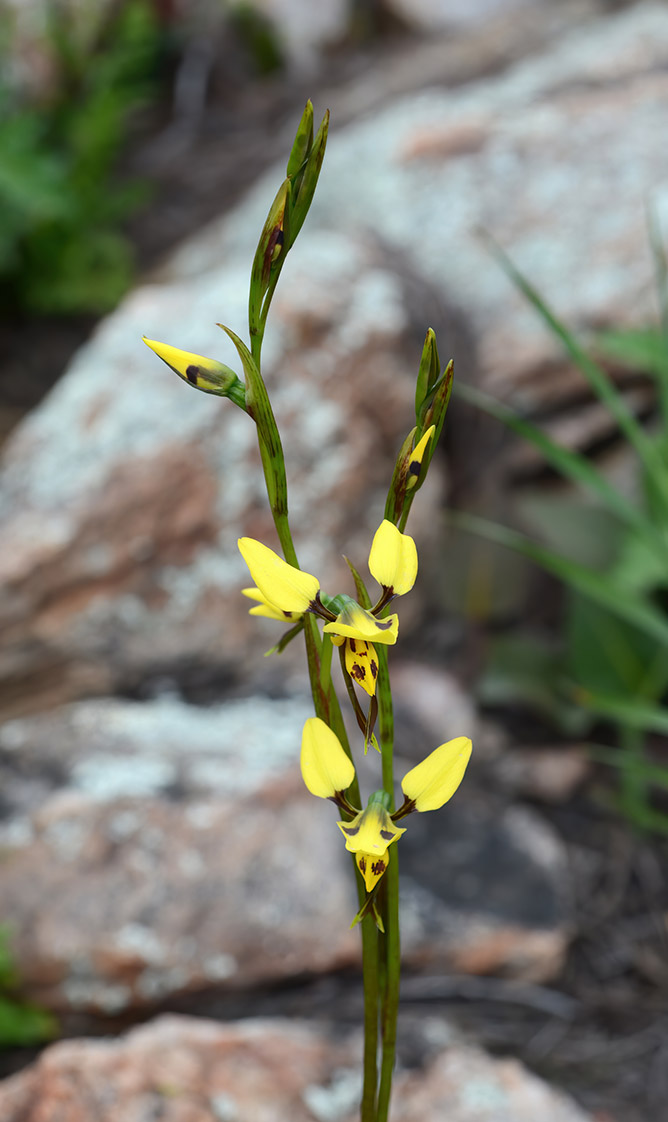
Diuris semilunulata
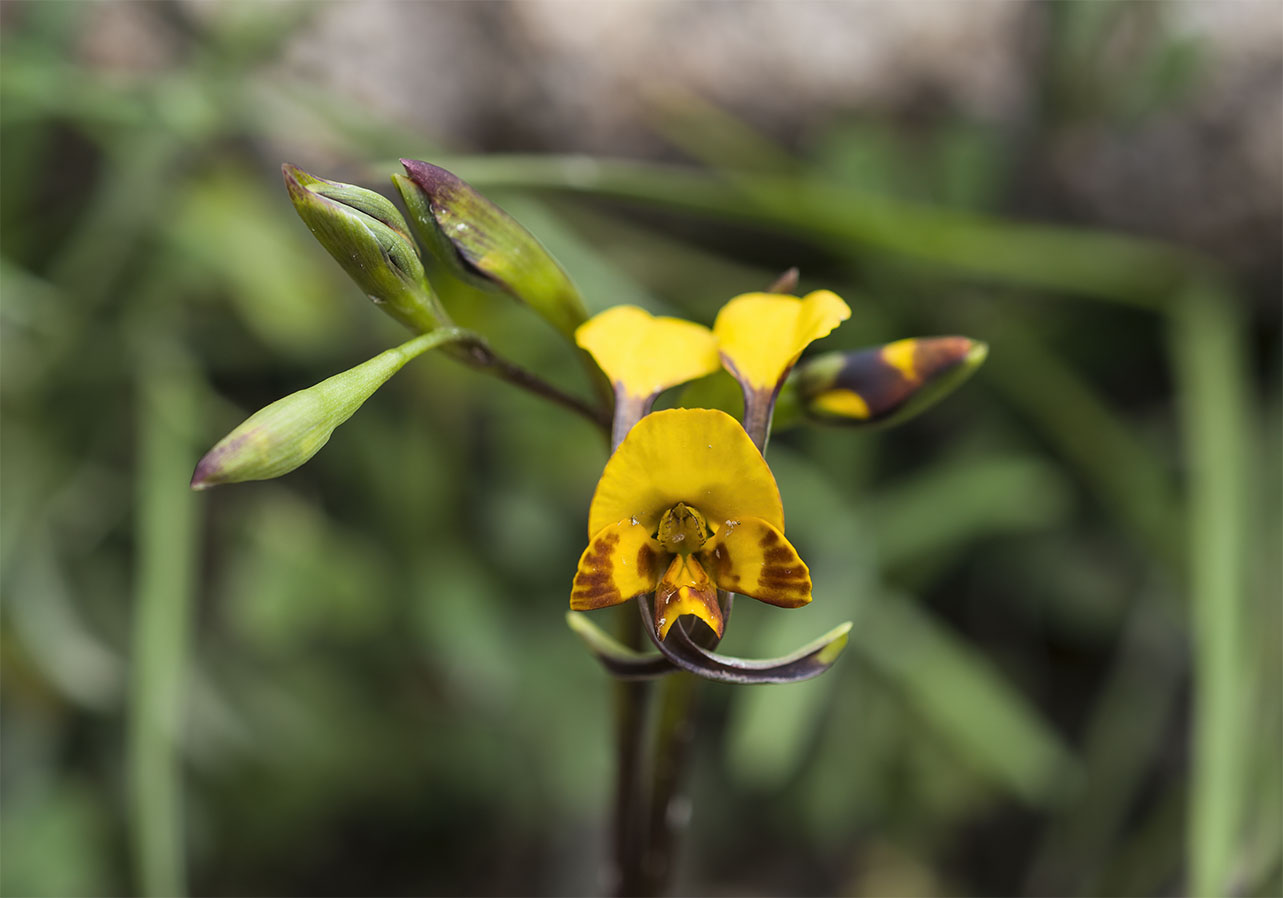
Diuris monticola
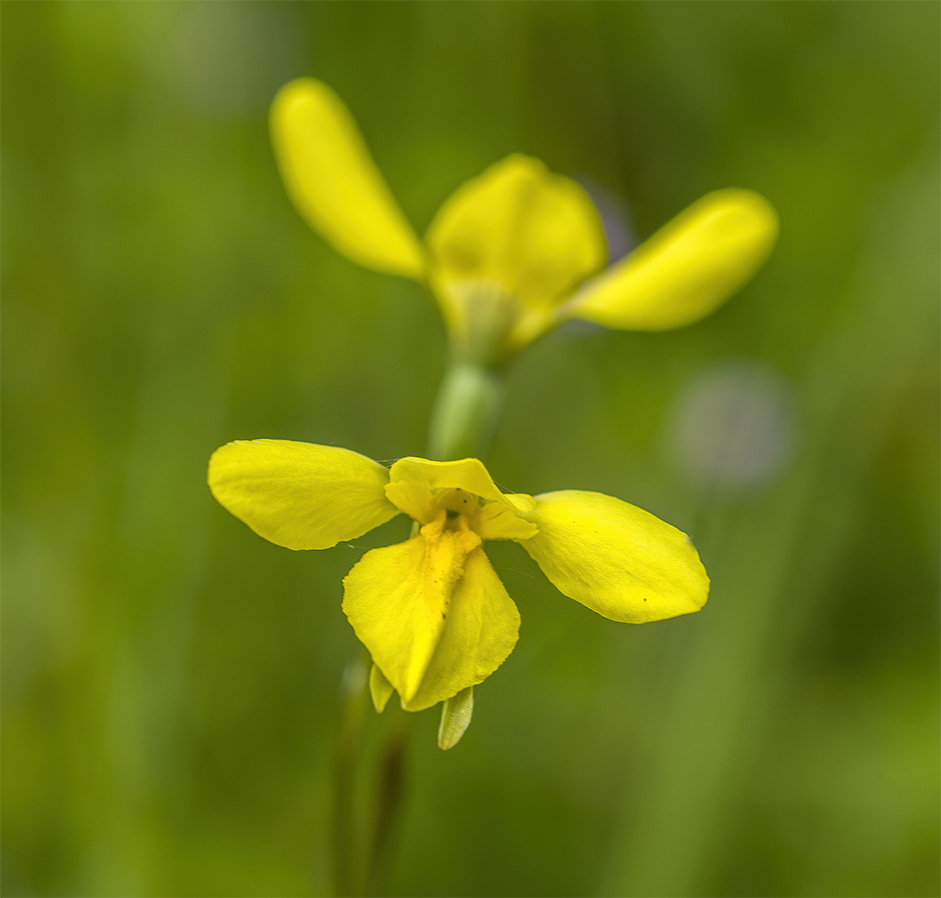
Diuris subalpina
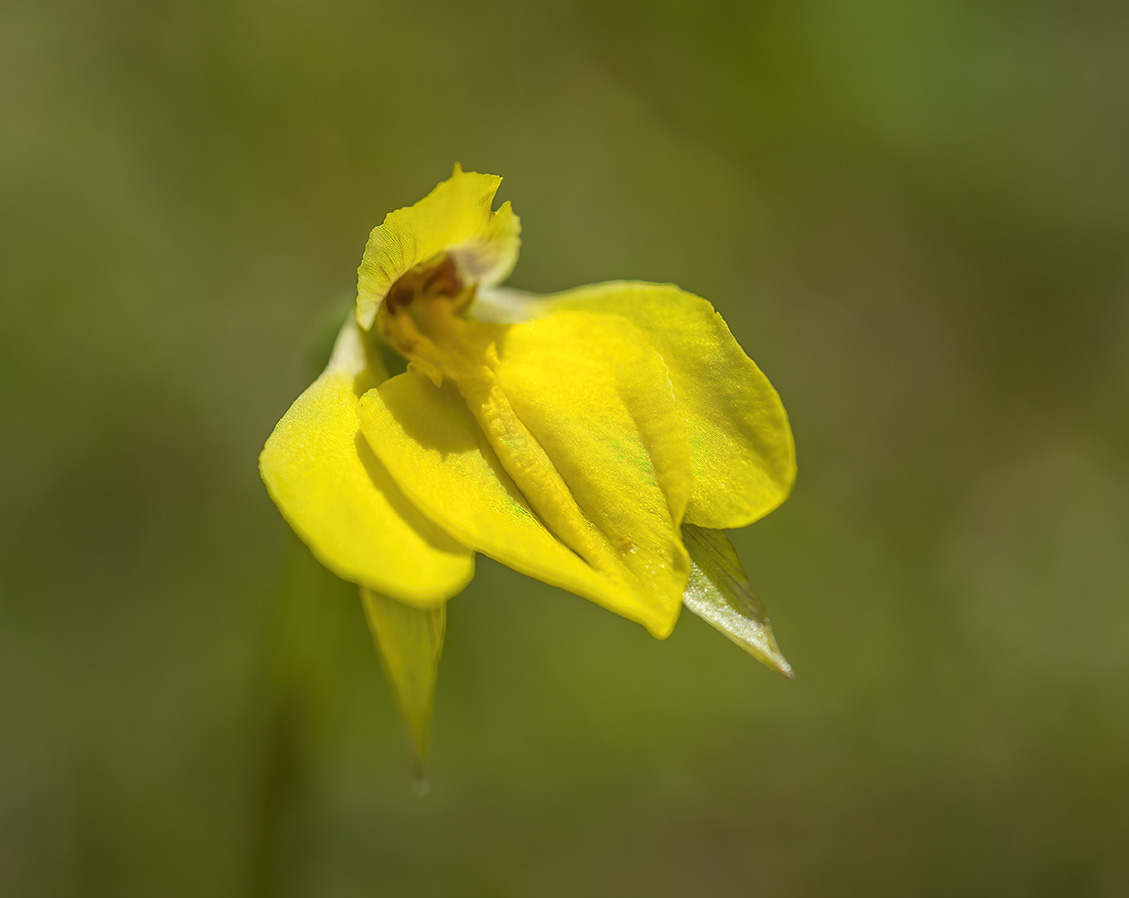

Diuris orientis - a very commonly grown species. This one is not found locally.
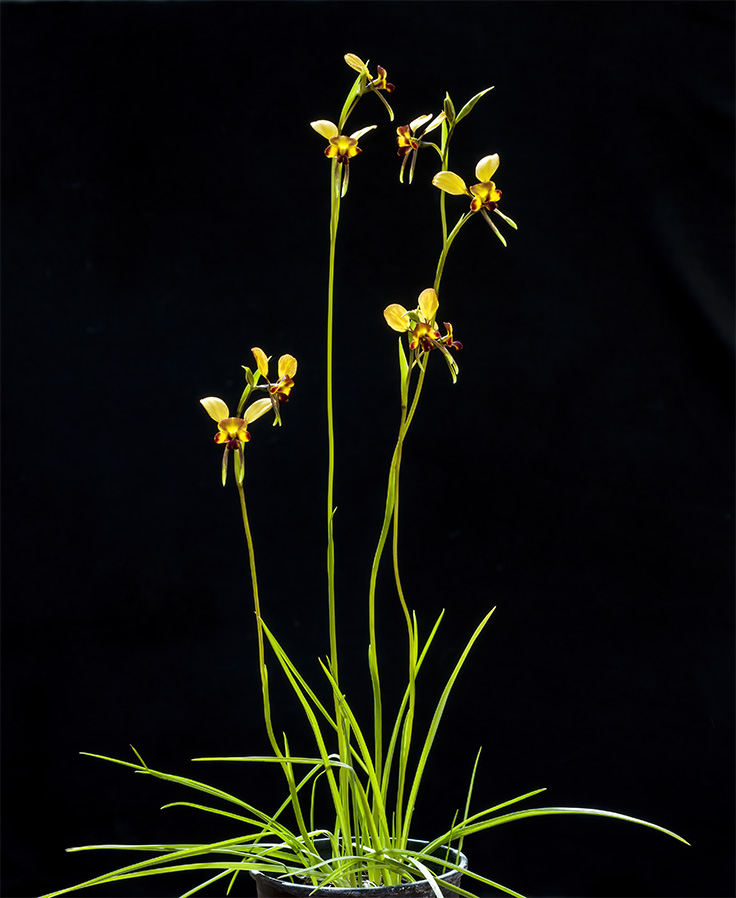
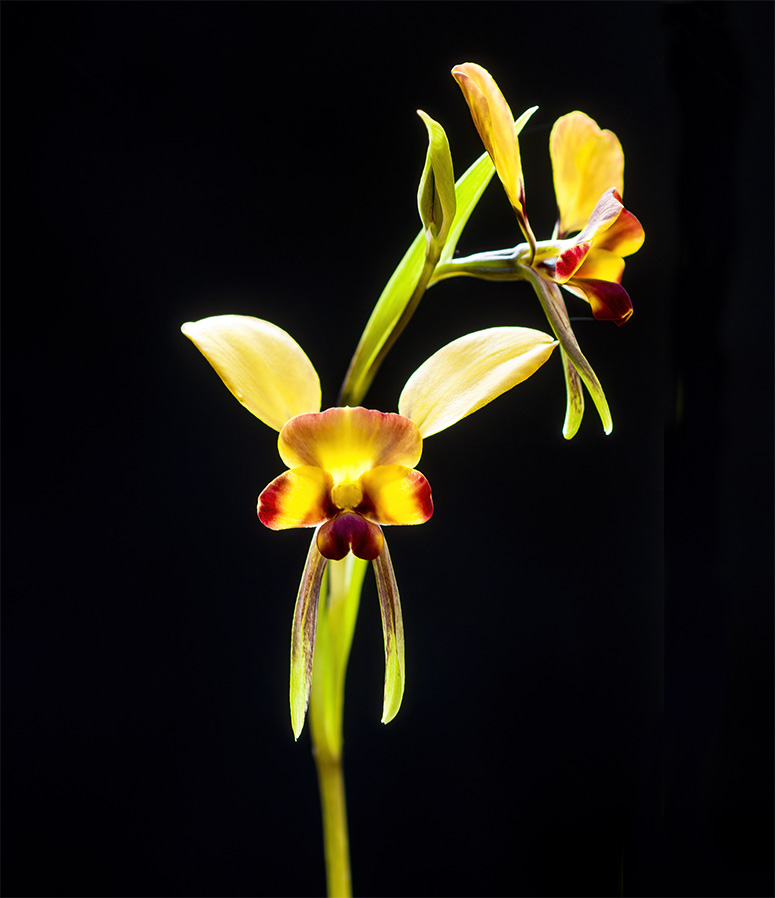
Diuris maculata
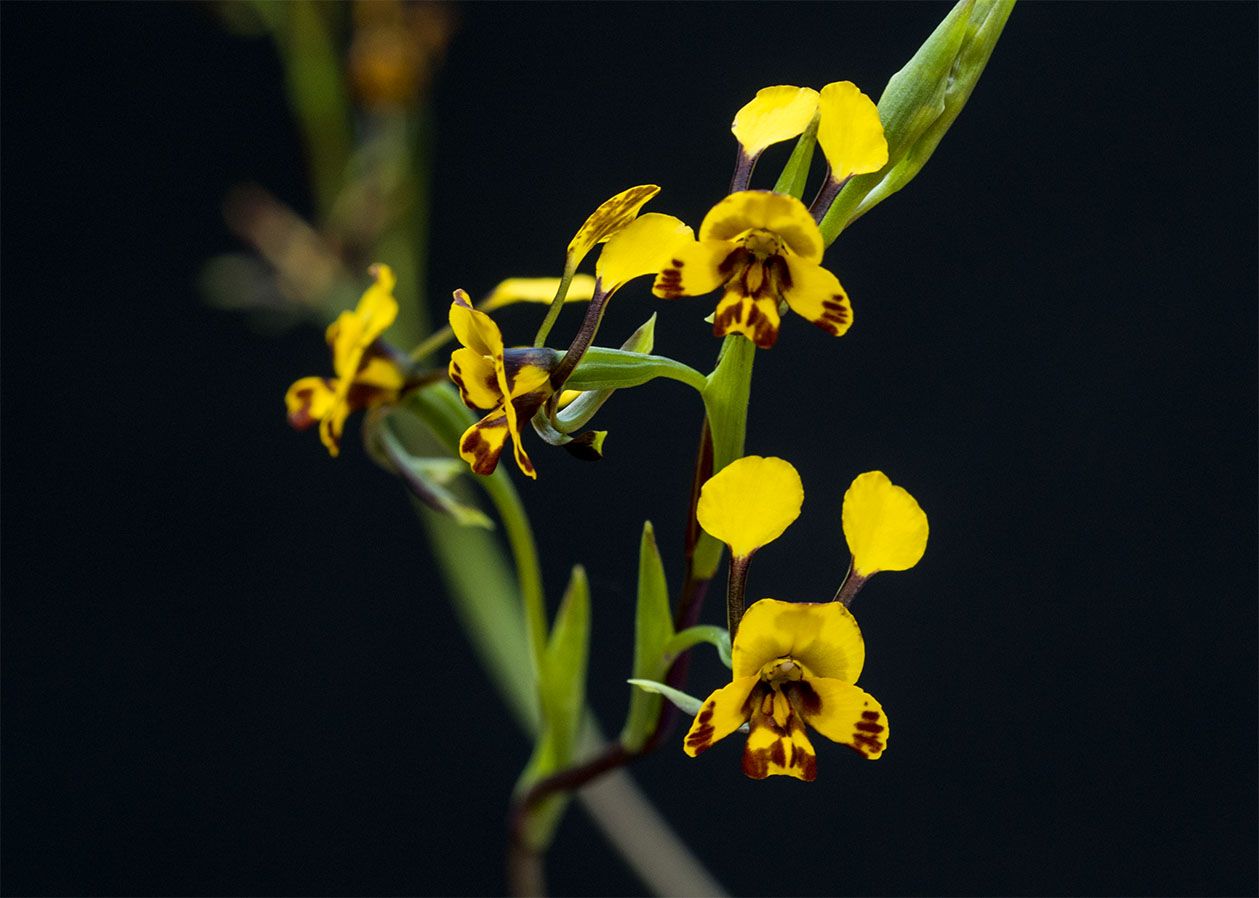
some of which can be quite common. A lot of species are quite easy to grow. The last three photos are of plants I cultivate.
Diuris nigromontana - grows locally. Especially common on Black Mountain here in Canberra.

Diuris sulphurea - a very common local species that is easy to grow.

Diuris semilunulata

Diuris monticola

Diuris subalpina


Diuris orientis - a very commonly grown species. This one is not found locally.


Diuris maculata

Spectacular genus.
Thanks for sharing.
Thanks for sharing.
A lot of few years ago we sown orchid seeds that had developed into a Diuris corymbosa I hope. At first I thought it was going to be a Calypso bulbosa. It is very difficult to identify a species of orchid from the seed
Diuris corymbosa from seed to flowwer
Diuris corymbosa from seed to flowwer
Last edited:

$9.95 ($14.63 / Fl Oz)
Eternal Essence Oils 2 Pack 10ml Premium Fragrance Oil - Enchanted Orchid & Water Lily - for Candle, Soap Making, Aromatherapy, Diffusers, Home Care, & Humidifiers
eternal essence oils

$29.00 ($14.50 / Fl Oz)
CoQ10 & Stem Cell Rejuvenation Cream - Fight Oxidative Stress, Reduce Wrinkles, Promote Youthful Skin. Goji Berry & Orchid Extracts. 2 oz.
Advanced Skincare Shop

$29.99 ($6.00 / Count)
5 Small Lady Slipper Orchids, Pink Orchids Plants Live Lady Slipper, Ornament Orchids Plant Root, No Leaf
KIM MARIE SMITH

$30.49 ($30.49 / Count)
$32.99 ($32.99 / Count)
Body & Skin Care Set, Spa Kit, Self-care Relaxation Gifts, Skin Care Collection with Essential Oils, Spa Gift Basket, Orchid Jasmine Bath and Body Gift Set Pampering, Birthday Home Spa Gifts
hailida

$24.98 ($24.98 / Fl Oz)
SeoulCeuticals Chebula Active Serum for Face - Korean Skin Care Anti Aging Natural K Beauty Skincare With Hyaluronic Acid + Spotted Orchid for Healthy, Youthful Glowing Skin 1oz
Digital Beauty Group

$29.99 ($15.00 / Count)
2 Pink Lady Slipper Orchid Plant Live Bud Roots, Live Orchid Plants Bud for Planting, Rare Orchids Plant
RACHEAL LEE BARRETT

$31.33 ($3.13 / Fl Oz)
Vitabath Orchid Intrigue Everyday Skincare Set Moisturizing Shower Gel Wash, Reviving Lotion & Exfoliating Body Scrubber Pouf - Alluring Foam Cleanser & Dry Skin Hydration for Women & Men
Class01 USA (we record serial numbers)

$40.09 ($40.09 / Count)
$45.98 ($45.98 / Count)
hypehouse Allen + roth 8 in. Orchid Pot with Saucer White
Low Price Home Goods

$16.50 ($1.65 / Count)
JMSolution Active Orchid Moisture-Korean facial Skin Care Mask- Hydrating-Orchid extract-Hydrating Moisture -10 sheets for dry skin
MABLEST LLC

$22.15
$44.00
Understanding Orchids: An Uncomplicated Guide to Growing the World's Most Exotic Plants
Amazon.com
well done, David
Excellent! Ty for sharing
The flying duck orchid seed is sold on eBay from China!!!  I had some Diuris in the STF order from Australia we did years ago, no luck for me.
I had some Diuris in the STF order from Australia we did years ago, no luck for me.  Thanks for sharing.
Thanks for sharing.
emydura
Well-Known Member
I think my favourite Australian terrestrial orchid to grow is the helmet orchids (genus Corysanthes). Below is my Corysanthes hispada (Bristly Helmet Orchid) which has flowered really well this year. This clone is from Mt Hamilton in Wulgulmerang in Victoria. Each tuber produces just one leaf and the flowers are huge relative to the leaf size. This clone is very easy to grow and multiplies quickly. These are shade loving orchids that need to be kept humid and moist.
This species can be found growing naturally around where I live. The last two photos are actual plants growing in the wild in Canberra. The flowers and leaves of these plants are only a fraction of the size of my clone which is an exceptional form of the species.
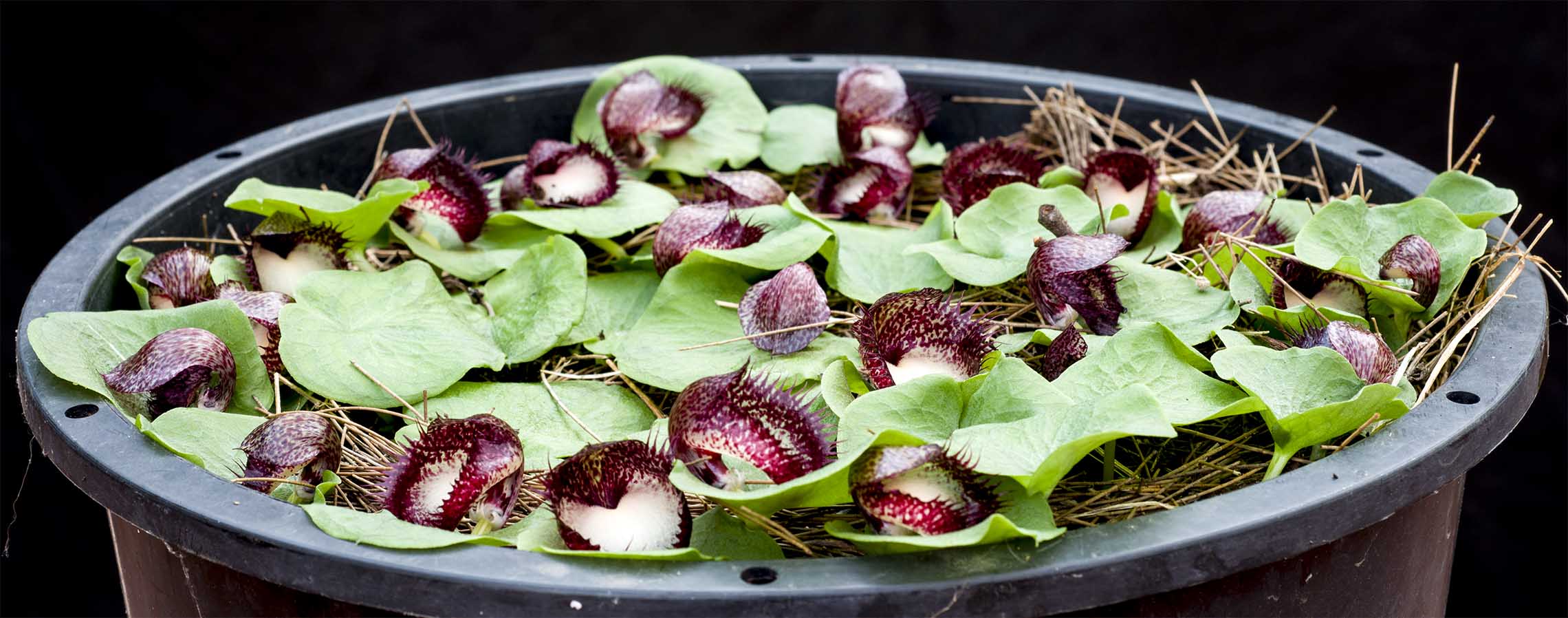
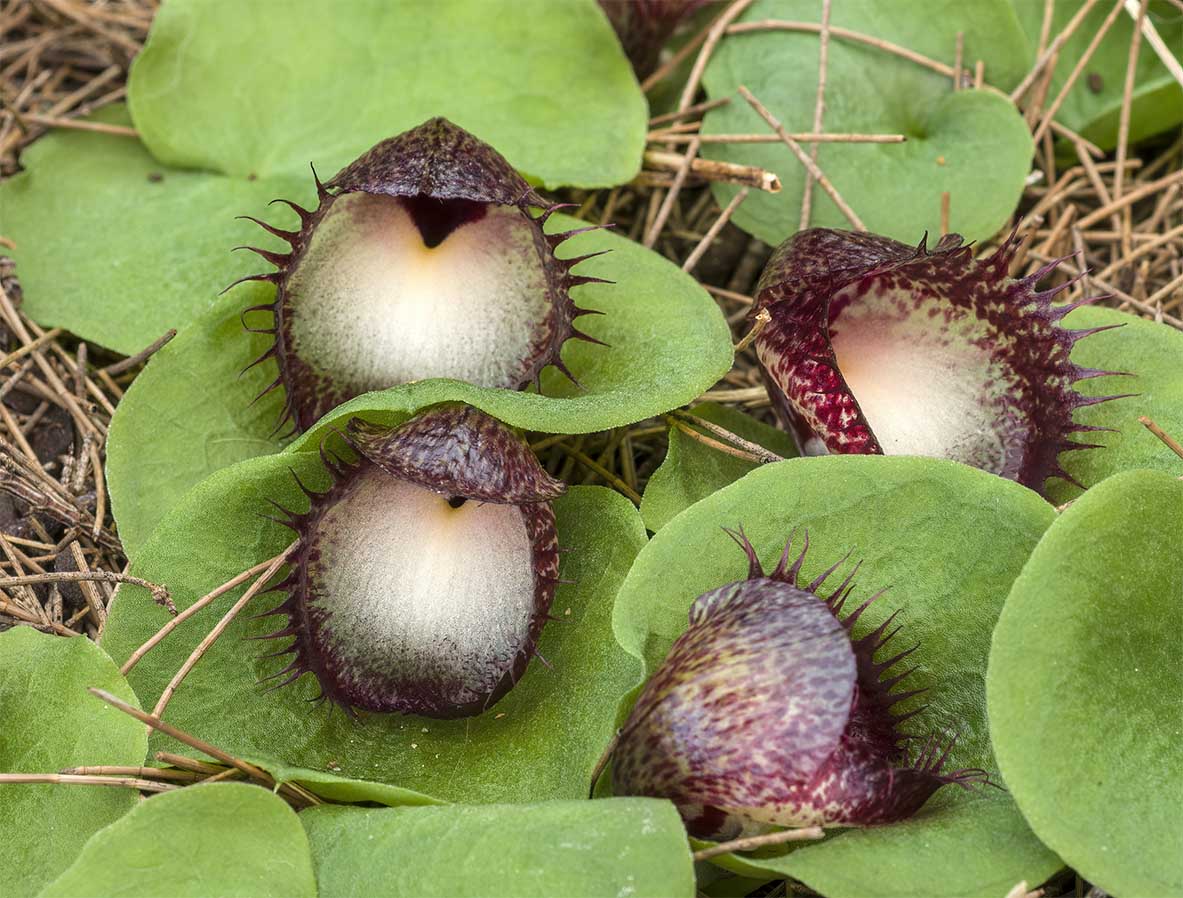
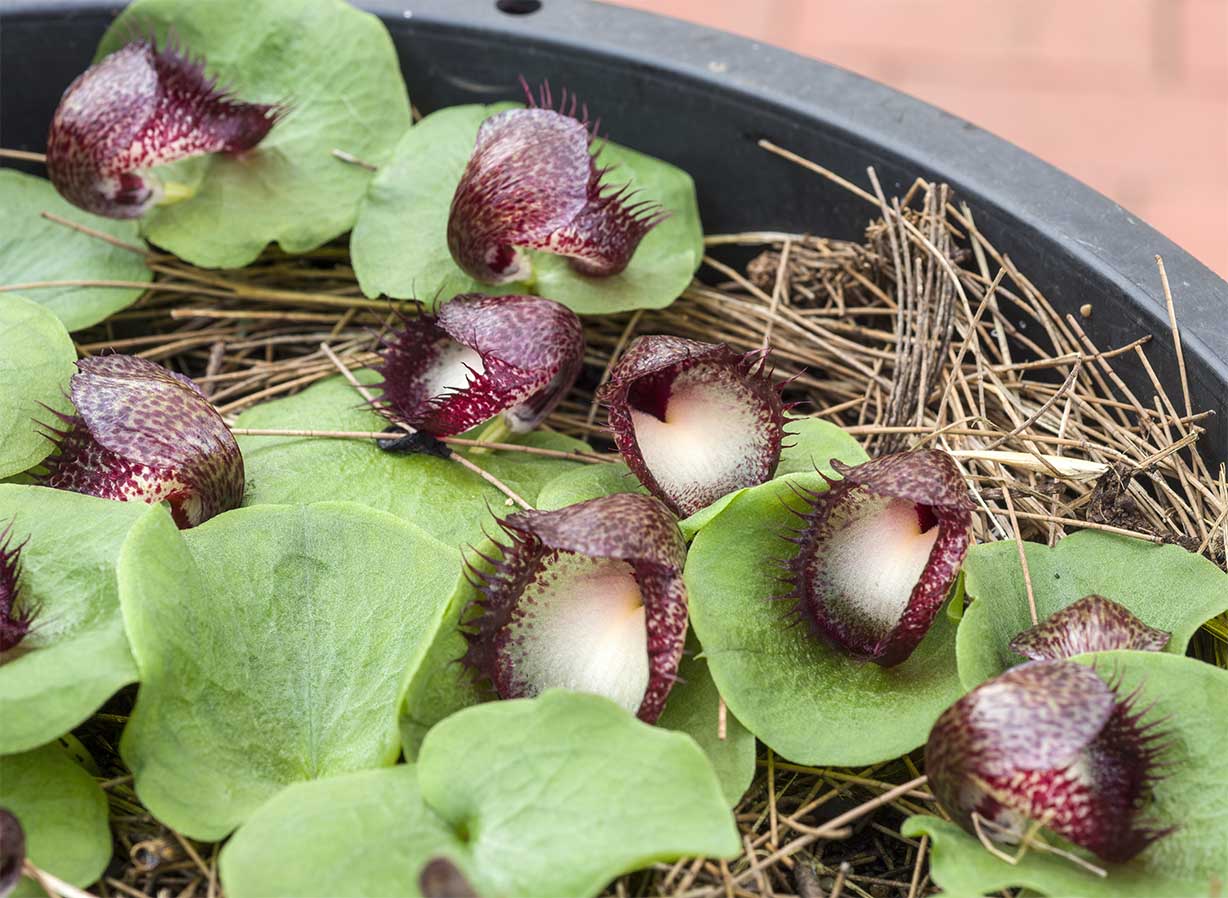
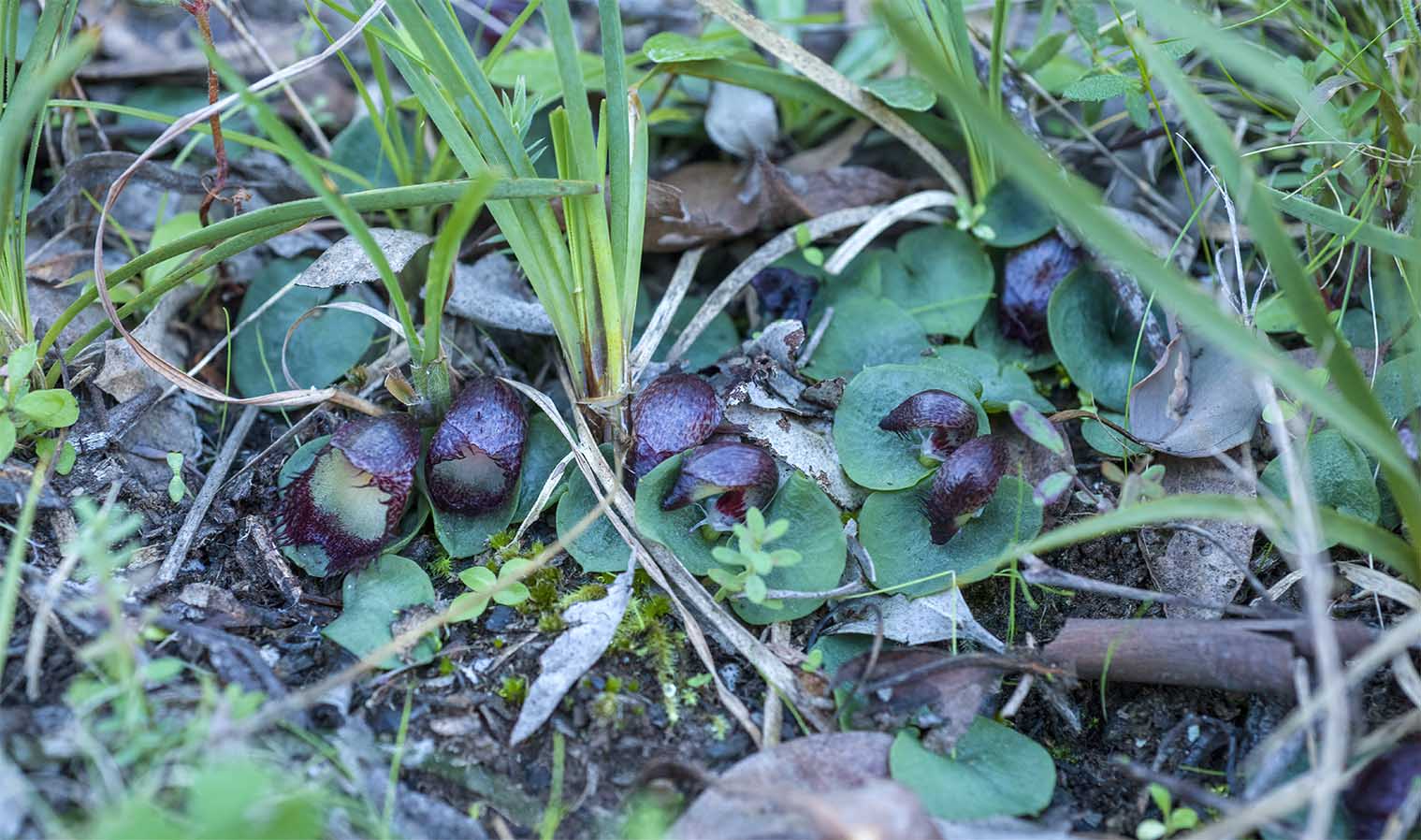
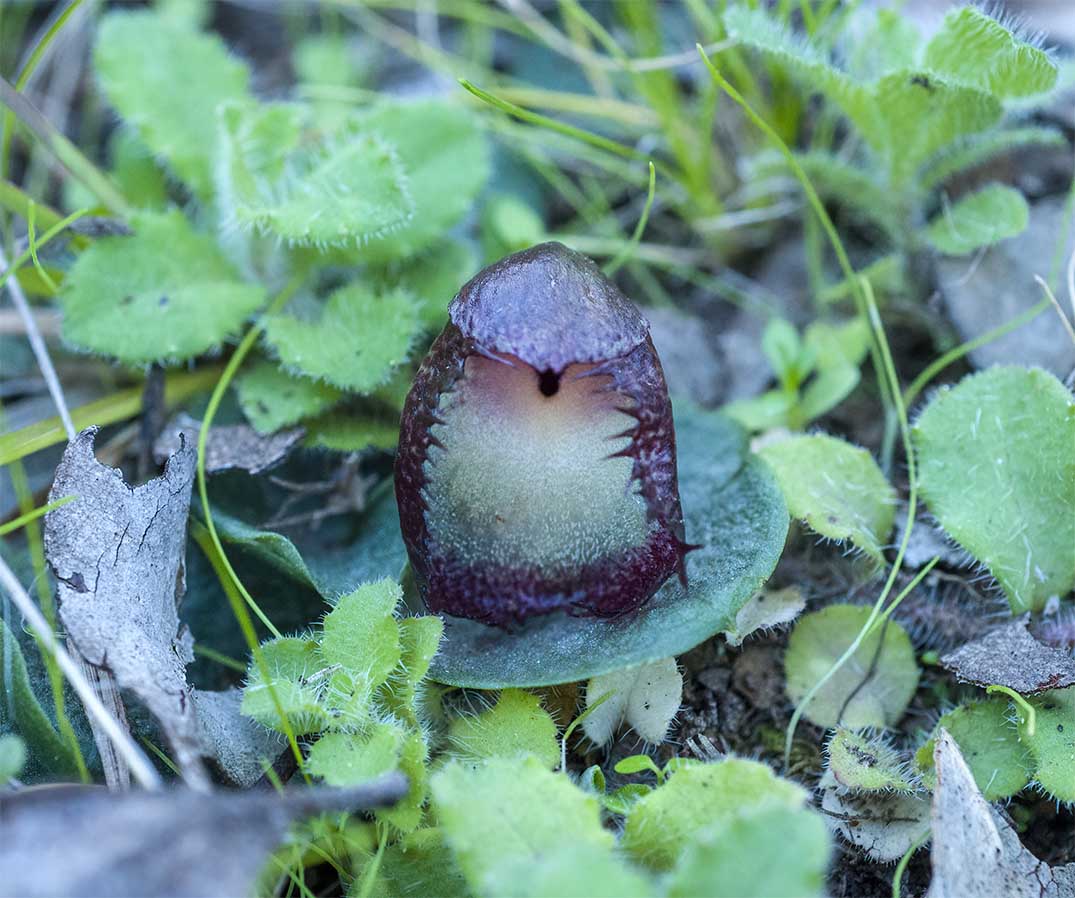
This species can be found growing naturally around where I live. The last two photos are actual plants growing in the wild in Canberra. The flowers and leaves of these plants are only a fraction of the size of my clone which is an exceptional form of the species.





Last edited:
Where are the mice?
Very cool plants!
Very different, thanks for sharing. Kinda reminds me of an alien. Ever grown a thelymitra, or know where to get any?
emydura
Well-Known Member
Very different, thanks for sharing. Kinda reminds me of an alien. Ever grown a thelymitra, or know where to get any?
Yes, I have a couple of Theylmitra. I have a hybrid (Melon Glow) that is very vigorous. I also recently got some tubers of the yellow flowered species antennifera. One leaf has appeared so far. Hopefully will get some flowers later in the year.
I am not sure where you would get them in the US. I wouldn't expect they would readily available there. They are not that easy to obtain here. The only problem I have with the Sun Orchids is that the flowers only open on sunny days for a few hours in the middle of the day. So if you work, you might get to see the flowers on the weekend if you are lucky.
emydura
Well-Known Member
One of my favourite greenhoods is the Antelope Greenhood (Diplodium laxum). The long backswept sepals give it a very distinctive look. As with other Diplodiums, the flowering plants have a single flower with leaves on the flowering spike while the non-flowering plants have a rosette of leaves flat on the ground. This species grows locally in Canberra and a population can be found not far from my house. The third photos shows some plants in their natural environment. You can see an out of focus flower on the left side but it was a poor flowering year and just about every plant was a non-flowering rosette as you can see in this photo.
Antelope Greenhood (Diplodium laxum)
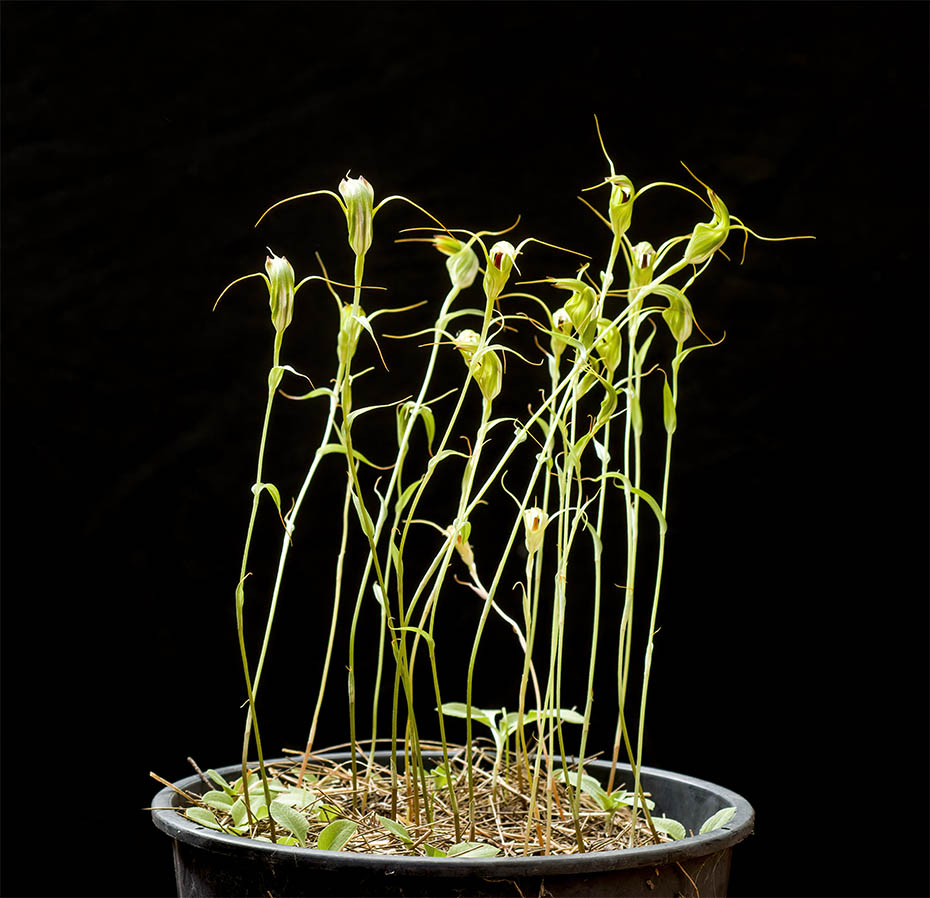

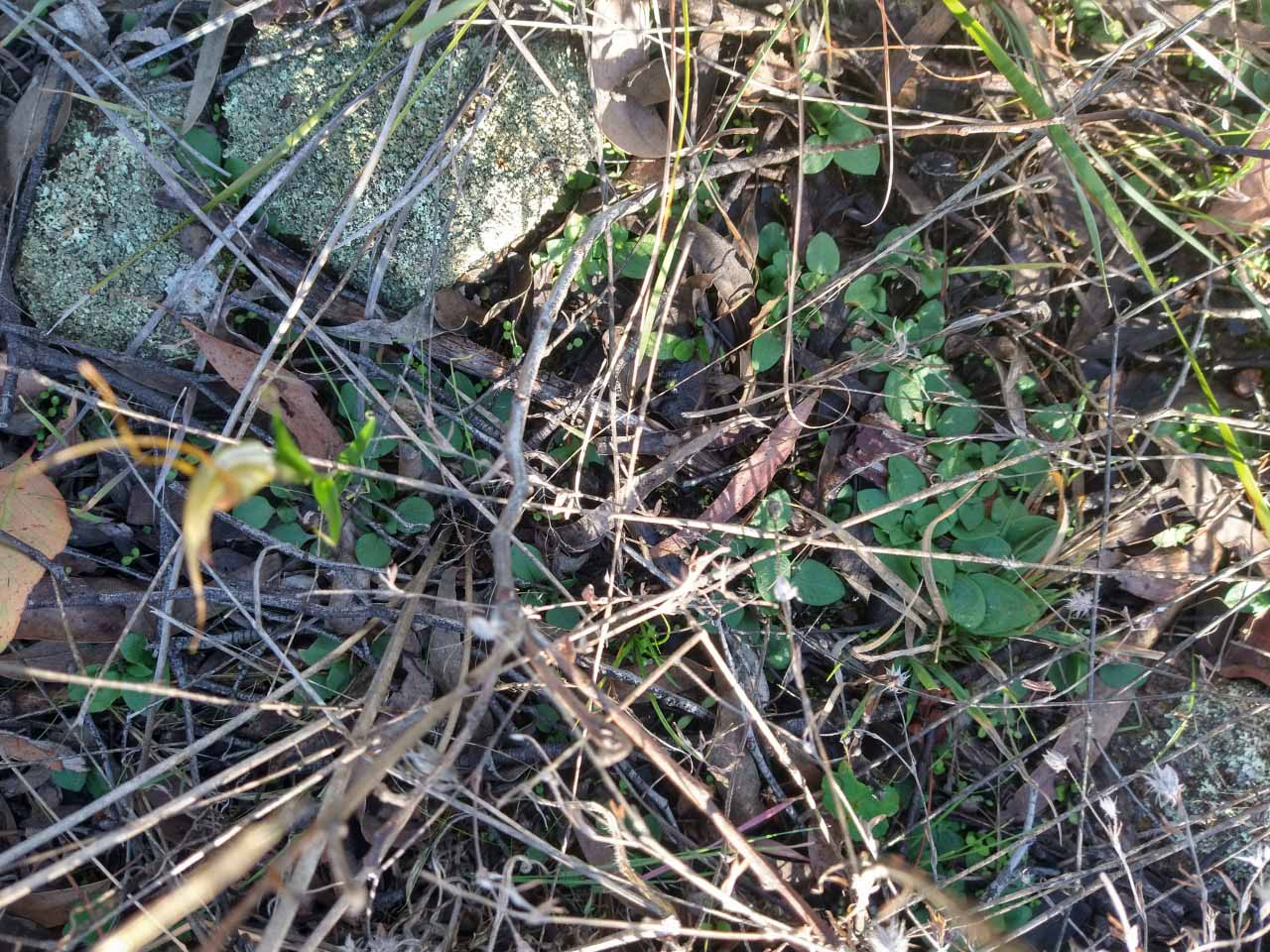
Antelope Greenhood (Diplodium laxum)



Thanks for sharing. That corybas pot looks AOS worthy. When we got our Australian plants we ordered from Australia. I don't know what's up with export these days, though...
emydura
Well-Known Member
Thanks for sharing. That corybas pot looks AOS worthy. When we got our Australian plants we ordered from Australia. I don't know what's up with export these days, though...
Thanks Eric. The Corybas cleaned up at our monthly meeting. You don't often see a pot with 30 flowers of this group. The photo doesn't really do it justice. It was tricky to photograph. I need to come up with a different approach.
I know Nesbitt Orchids have stopped exporting terrestrial orchids. I believe it just got too expensive.
Yes, it was from Nesbitt. I guess it would take a huge order to get them to deal with the export hassle.
Similar threads
- Replies
- 28
- Views
- 16K































